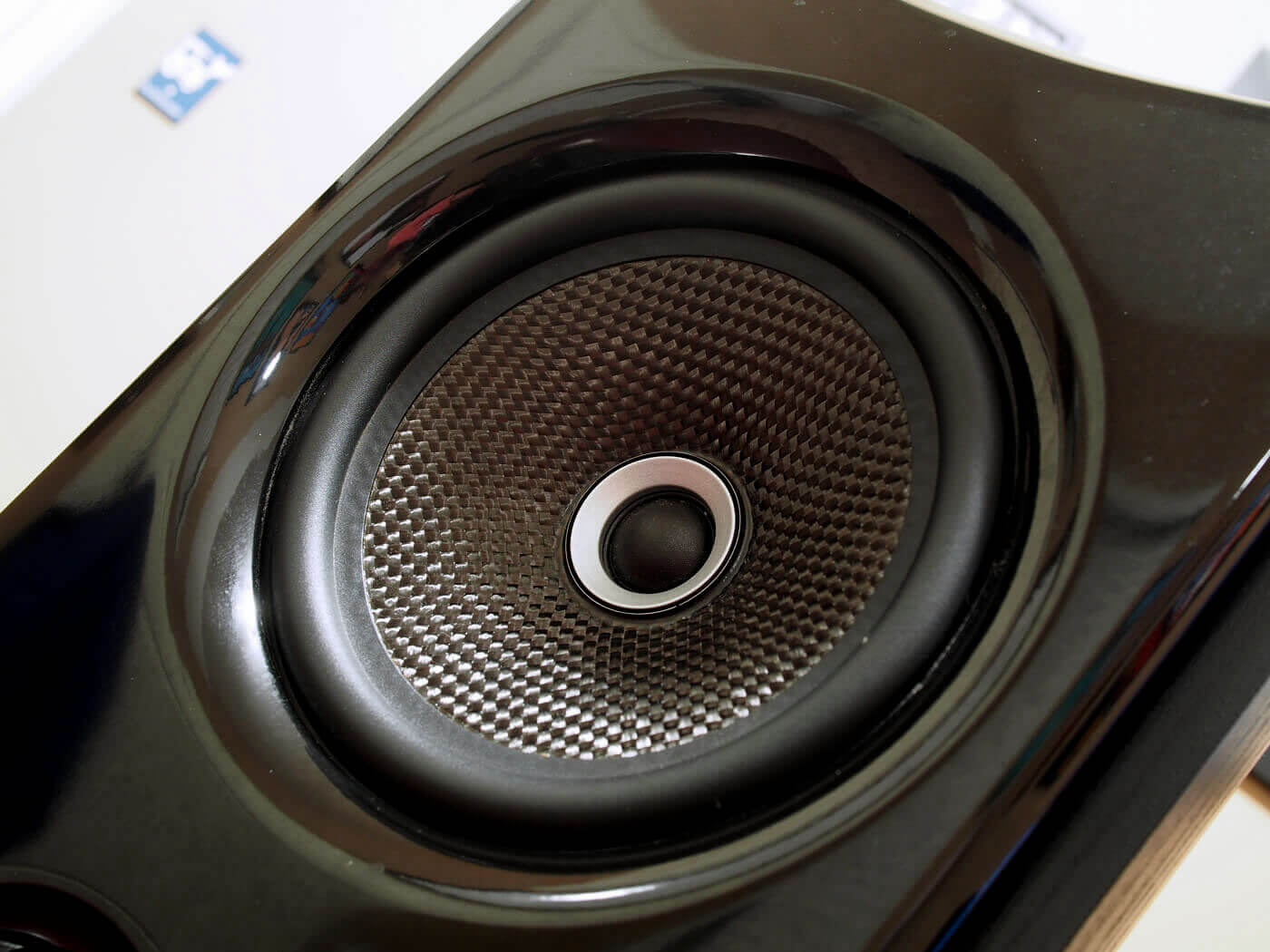@Julio Franco Some fun facts you might like to know about audio & photography. Bot are affected by the "inverse aquare law", which states, if you double the side dimensions of a square you quadruple its area....and..... the square root of 2 is 1.41, give or take.
Air movement is dictated by cone excursion. Simply put, the larger the driver the more air it can move. The inverse law attaches to circles as well, bu you multiply the radius squared rimes Pi (3.14 give or take) to find the area.
In practical terms a 16" driver might have to move 1/8" to produce "X" amount of bass output, an 8" driver would need to move 4 times as far (1/2") to produce the same amount of bass. When you get down to a 4" "sub-woofer", the cone excursion will of necessity be 2" full inches. It should be readily apparent why you don't get decent bass from small drivers, improvements in flux field length notwithstanding.
Now if you only want to double of halve the area of a square or a circle, you must use the square root of two as a constant (1.41)
Since each full stop on a camera lens translates to half the light being admitted, it's obvious that that area must be half or double the previous area.
Which explains rather handily why the "F stop" numbers on your lenses are numbered the way they are. While the aperture area is halved with each stop, the applied ratio goes by the square root of 2. Hence F1 (length to diameter equal).
F 1 to f I.4 (half the aperture area obviously) Then F2 (1,4 times 1.4) F 2 to 2,8 is 1.4 times 2, and so forth.
As far a speaker brands, I haven't heard a Japanese audio company's speaker which caters to "the western ear". Brands such as Klipsh are a better choice, both in sound profile and efficiency..
FWIW, I had JBL "Stadiums" as my front speakers (2 x 8" woofer 4" mid. 1" tweeters" and the 3 way system annoyed the hell out of me. I swapped them out for a 2 way Klipsch "|Icon" series (2x 8" woofer, and a single 1" horn driver, )and they're way, way, better, and way, way louder for the same input power as well.
I don't have exponent characters on this 4 dollar keyboard, or an upside down question mark either, sorry. Pi x R2 comes out kind of crappy, if not unintelligible.
BTW, the standing wave length of 30 Hz bass is something like 32'. Thus you need at least 16' to a wall or partial .phase cancellation will occur.
Since standing wave length and resonant frequency are interdependent that should serve to explain why pipe organ "stops" (individual pipes), are numbered in feet
